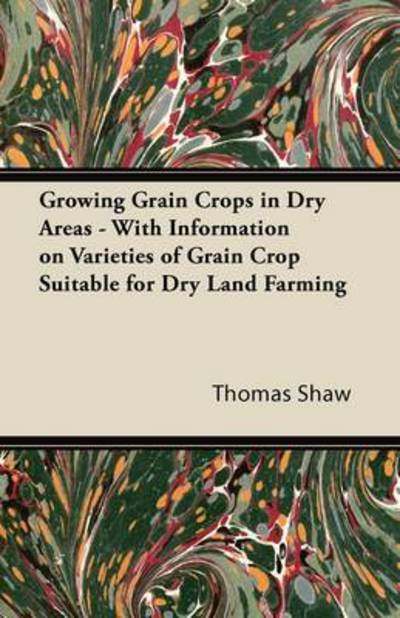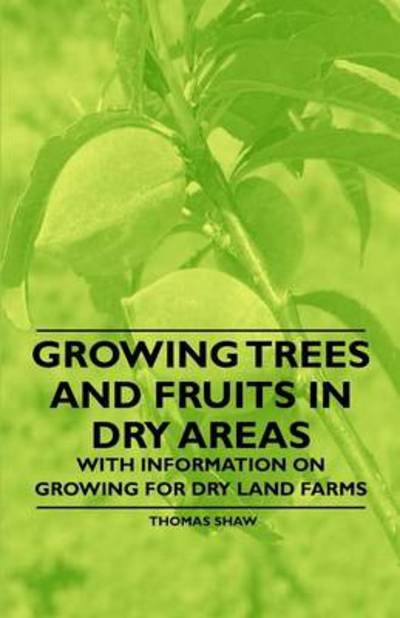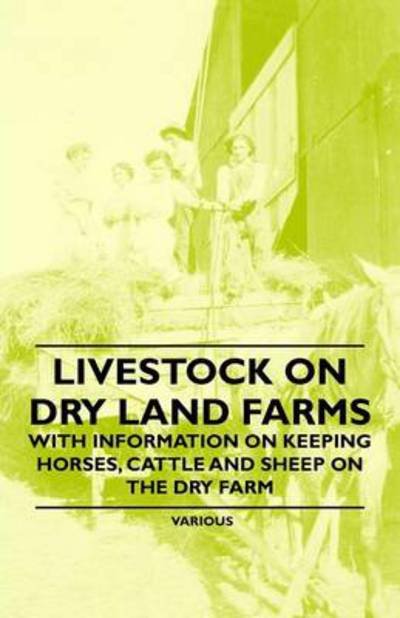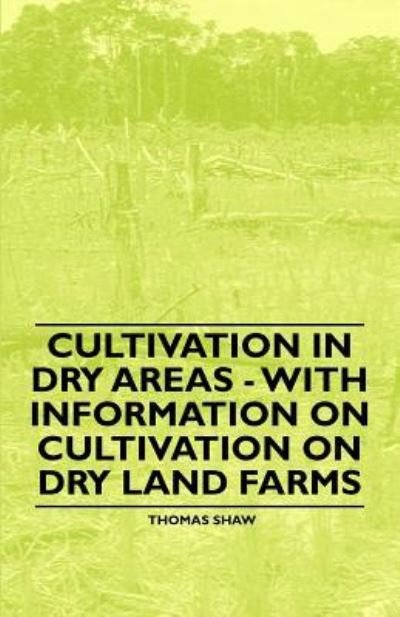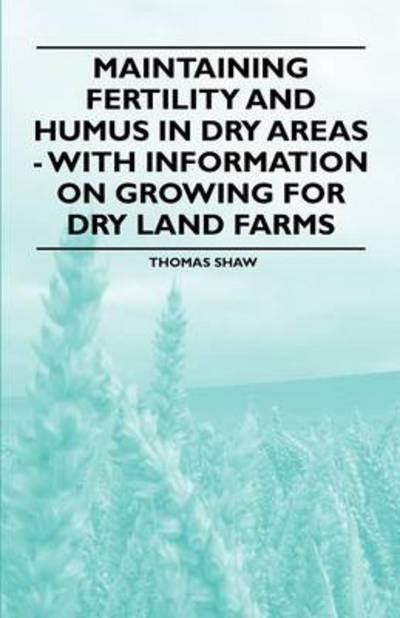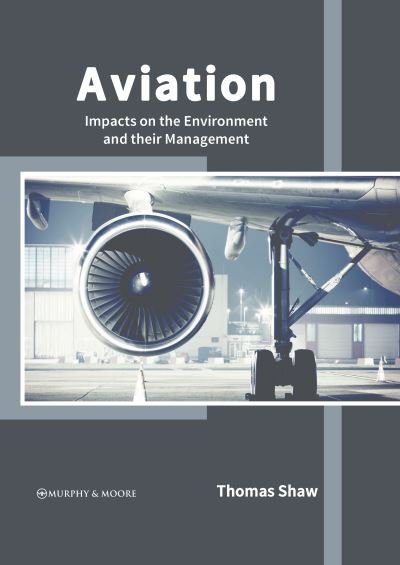
Tell your friends about this item:
Aviation: Impacts on the Environment and Their Management
Thomas Shaw
Aviation: Impacts on the Environment and Their Management
Thomas Shaw
The activities encompassing mechanical flight and the aircraft industry are known as aviation. It includes fixed-wing and rotary-wing types of aircraft, morphable wings, wing-less lifting bodies, lighter-than-air aircraft such as hot air balloons and airships. The aviation industry contributes to climate change as they travel through the tropopause and release carbon dioxide, nitrogen oxides, contrails and cirrus clouds, and particulates. It is responsible for noise pollution, air pollution, and water pollution. The aviation sector mitigates its harmful impact on the environment by improving aircraft technology using sustainable aviation fuels implementing economic measures, and regulating air traffic. It can also be managed by reducing air travel, route optimization, emissions trading, short-haul travel ban, better train connections, and taxation and subsidies. Aviation biofuel is considered to be one of the key elements to reduce the carbon footprint of the aviation sector. This book is a valuable compilation of topics, ranging from the basic to the most complex advancements in the field of aviation and its impacts on environment. It consists of contributions made by international experts. This book will serve as a reference to a broad spectrum of readers.
| Media | Books Hardcover Book (Book with hard spine and cover) |
| Released | March 8, 2022 |
| ISBN13 | 9781639870691 |
| Publishers | Murphy & Moore Publishing |
| Pages | 213 |
| Dimensions | 178 × 254 × 13 mm · 589 g |
| Language | English |
More by Thomas Shaw
See all of Thomas Shaw ( e.g. Paperback Book , Hardcover Book and Book )

 Christmas presents can be returned until 31 January
Christmas presents can be returned until 31 January






















![Cover for Thomas Shaw · Voyage Dans La Regence D'alger, Ou Description Geographique, Physique, Philologique, (Ed.1830) (French Edition) (Paperback Book) [French edition] (2012)](https://imusic.b-cdn.net/images/item/original/103/9782012632103.jpg?thomas-shaw-2012-voyage-dans-la-regence-d-alger-ou-description-geographique-physique-philologique-ed-1830-french-edition-paperback-book&class=scaled&v=1410087638)
![Cover for Thomas Shaw · Voyages De M. Shaw, ... Dans Plusieurs Provinces De La Barbarie et Du Levant. T. 1 (Ed.1743) (French Edition) (Paperback Book) [French edition] (2012)](https://imusic.b-cdn.net/images/item/original/179/9782012633179.jpg?thomas-shaw-2012-voyages-de-m-shaw-dans-plusieurs-provinces-de-la-barbarie-et-du-levant-t-1-ed-1743-french-edition-paperback-book&class=scaled&v=1409860217)
![Cover for Thomas Shaw · Voyages De M. Shaw, ... Dans Plusieurs Provinces De La Barbarie et Du Levant. T. 2 (Ed.1743) (French Edition) (Paperback Book) [French edition] (2012)](https://imusic.b-cdn.net/images/item/original/290/9782012778290.jpg?thomas-shaw-2012-voyages-de-m-shaw-dans-plusieurs-provinces-de-la-barbarie-et-du-levant-t-2-ed-1743-french-edition-paperback-book&class=scaled&v=1409827497)


